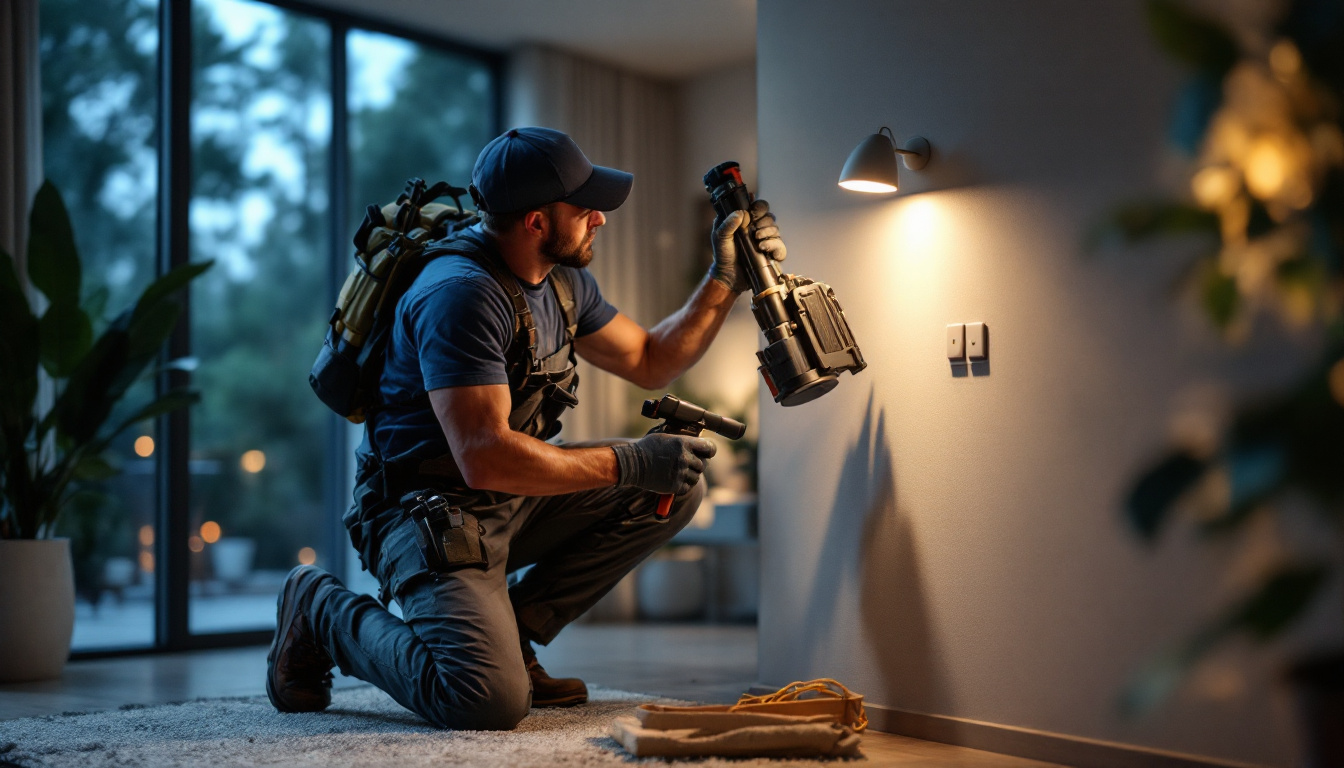
Lighting plays a crucial role in enhancing the aesthetic appeal and functionality of any space. For lighting contractors, staying updated with the latest technologies and products is essential to meet client demands and expectations. One such innovation that has gained popularity in recent years is low voltage can lights. These fixtures offer a range of benefits that can significantly impact both the installation process and the overall quality of lighting in various environments.
Low voltage can lights are recessed lighting fixtures that operate on a lower voltage, typically 12 or 24 volts. This contrasts with standard line voltage fixtures, which usually operate at 120 volts. The reduced voltage allows for several advantages, making them an attractive option for lighting contractors.
One of the most significant benefits of low voltage can lights is their energy efficiency. Operating at a lower voltage means they consume less power, which can lead to substantial savings on energy bills for clients. This is particularly beneficial in large installations where multiple fixtures are used.
Moreover, many low voltage can lights utilize LED technology, which further enhances their energy efficiency. LEDs not only use less energy than traditional incandescent bulbs but also have a longer lifespan, reducing the frequency of replacements and maintenance. In fact, some LED low voltage can lights can last up to 25,000 hours or more, making them a cost-effective choice over time. This longevity is especially advantageous in commercial settings where lights are frequently used, minimizing downtime and disruption.
Low voltage can lights provide superior lighting quality compared to their higher voltage counterparts. They produce a more focused beam of light, which can be adjusted based on the specific needs of the space. This adaptability allows contractors to create a variety of lighting effects, from ambient lighting to accent lighting.
Additionally, the color rendering index (CRI) of many low voltage LED lights is high, meaning they can accurately reproduce colors. This is particularly important in settings such as art galleries, retail spaces, and homes, where color accuracy is crucial. The ability to highlight textures and details with precision can significantly enhance the visual appeal of a space, making it more inviting and engaging. Furthermore, low voltage can lights often come with adjustable features, such as dimming capabilities, allowing users to customize the intensity of light according to the time of day or the desired atmosphere.
Another noteworthy aspect of low voltage can lights is their versatility in design and application. They can be installed in various locations, including ceilings, walls, and even floors, providing creative solutions for both residential and commercial projects. Their sleek, unobtrusive design allows them to blend seamlessly into any decor, making them an ideal choice for modern interiors where aesthetics are paramount. Whether used in kitchens, living rooms, or office spaces, low voltage can lights can transform an environment, enhancing both functionality and style.
For lighting contractors, the installation process can often be a deciding factor when choosing lighting fixtures. Low voltage can lights offer several advantages that can simplify and streamline the installation process.
One of the primary benefits of low voltage can lights is the reduced complexity of wiring. Since they operate on a lower voltage, the wiring required is generally lighter and more flexible. This can make installation easier, especially in retrofitting projects where existing wiring may not accommodate standard fixtures.
Furthermore, the use of low voltage systems often allows for longer runs of wire without significant voltage drop. This flexibility can enable contractors to place fixtures in optimal locations without being constrained by the limitations of traditional wiring. Additionally, the ability to use simpler connectors and junction boxes can further streamline the installation process, reducing the time spent on each project and minimizing the potential for errors during setup.
Low voltage can lights are typically lighter than standard fixtures, making them easier to handle during installation. This can be particularly advantageous when working in ceilings or other hard-to-reach areas. The reduced weight can also minimize the structural support required, allowing for more versatile placement options.
In addition, the lightweight nature of these fixtures can lead to a quicker installation process, which can enhance productivity and reduce labor costs for contractors. The ease of handling these fixtures also means that installers can work more efficiently, moving quickly from one installation point to another without the fatigue that heavier fixtures can cause. Moreover, many low voltage can lights come with user-friendly mounting systems that further simplify the installation, allowing for a seamless integration into various architectural styles and designs.
Low voltage can lights are available in a variety of designs and styles, making them suitable for a wide range of applications. This versatility allows lighting contractors to meet the diverse needs of their clients effectively.
Many low voltage can lights come with customizable options, including adjustable beam angles, trim styles, and finishes. This adaptability allows contractors to tailor the lighting to the specific requirements of each project, whether it’s a residential home, commercial space, or outdoor environment.
Additionally, the ability to choose from various color temperatures enables contractors to create the desired ambiance. Warmer tones can create a cozy atmosphere, while cooler tones can enhance productivity in workspaces.
As smart home technology continues to gain traction, low voltage can lights are often designed to integrate seamlessly with these systems. This allows for advanced control options, such as dimming, color changing, and scheduling, which can enhance the overall user experience.
For lighting contractors, offering smart lighting solutions can set them apart from competitors and appeal to tech-savvy clients. The ability to provide a fully integrated lighting system can lead to increased customer satisfaction and potential referrals.
Safety is a paramount concern for lighting contractors, and low voltage can lights provide several safety advantages that make them a preferred choice in many installations.
Operating at a lower voltage significantly reduces the risk of electrical shock during installation and maintenance. This is particularly important when working in residential settings where children and pets may be present. Contractors can work with greater peace of mind, knowing that the risk of serious injury is minimized.
Furthermore, low voltage systems are often designed with built-in safety features, such as short circuit protection and thermal overload protection, which can further enhance safety during operation.
Low voltage can lights, especially those using LED technology, generate significantly less heat compared to traditional fixtures. This not only contributes to energy efficiency but also reduces the risk of fire hazards associated with overheating.
In environments where insulation is present, the reduced heat output can be particularly beneficial, as it minimizes the risk of damaging materials or creating unsafe conditions. Contractors can assure clients that their lighting solutions are safe and reliable.
While the initial cost of low voltage can lights may be higher than traditional fixtures, the long-term savings often make them a more cost-effective choice for both contractors and clients.
One of the most compelling reasons to choose low voltage can lights is their longevity. LED bulbs, commonly used in these fixtures, can last up to 25 times longer than incandescent bulbs. This extended lifespan reduces the frequency of replacements, leading to lower maintenance costs over time.
For contractors, this means fewer callbacks for bulb replacements and a more satisfied client base. The reliability of low voltage can lights can enhance a contractor’s reputation for quality work.
Investing in energy-efficient lighting solutions can increase the overall value of a property. Homebuyers and commercial tenants are increasingly looking for energy-efficient features, and low voltage can lights can be a selling point. By offering these fixtures, contractors can help clients enhance their property’s appeal and marketability.
Moreover, the aesthetic benefits of well-placed low voltage can lights can elevate the overall design of a space, further contributing to property value. This aspect can be particularly important in competitive real estate markets, where first impressions matter.
As sustainability becomes a more pressing concern, lighting contractors are increasingly seeking solutions that minimize environmental impact. Low voltage can lights align well with these goals.
The energy efficiency of low voltage can lights translates to reduced energy consumption, which has a direct positive impact on the environment. By choosing these fixtures, contractors can help clients lower their carbon footprint and contribute to a more sustainable future.
Additionally, many manufacturers of low voltage lighting are committed to sustainable practices, including using recyclable materials and minimizing waste during production. This aligns with the growing demand for environmentally responsible products.
Low voltage can lights can easily be integrated with renewable energy sources, such as solar panels. This compatibility allows homeowners and businesses to utilize clean energy for their lighting needs, further enhancing sustainability efforts.
For contractors, promoting the use of renewable energy solutions can be an attractive selling point, appealing to environmentally conscious clients who prioritize sustainability in their purchasing decisions.
Low voltage can lights offer a multitude of benefits for lighting contractors, from energy efficiency and improved lighting quality to simplified installation and enhanced safety. Their versatility, cost-effectiveness, and positive environmental impact make them an ideal choice for a wide range of applications.
As the demand for innovative and sustainable lighting solutions continues to rise, lighting contractors who embrace low voltage can lights will be well-positioned to meet client needs and stand out in a competitive market. By understanding the advantages of these fixtures, contractors can provide exceptional service and contribute to the creation of beautifully lit spaces.
Ready to elevate your lighting game with the energy-efficient and versatile low voltage can lights? Look no further than LumenWholesale, where we provide lighting contractors with the highest quality, spec-grade lighting products at unbeatable wholesale prices. Say goodbye to local distributor markups and hello to superior lighting that meets the highest industry standards. With our hassle-free bulk buying and free shipping, you’ll enjoy premium lighting at the best value — all without hidden fees or compromises. Don’t miss out on the perfect blend of quality, affordability, and convenience. Wholesale Lighting at the Best Value is just a click away!
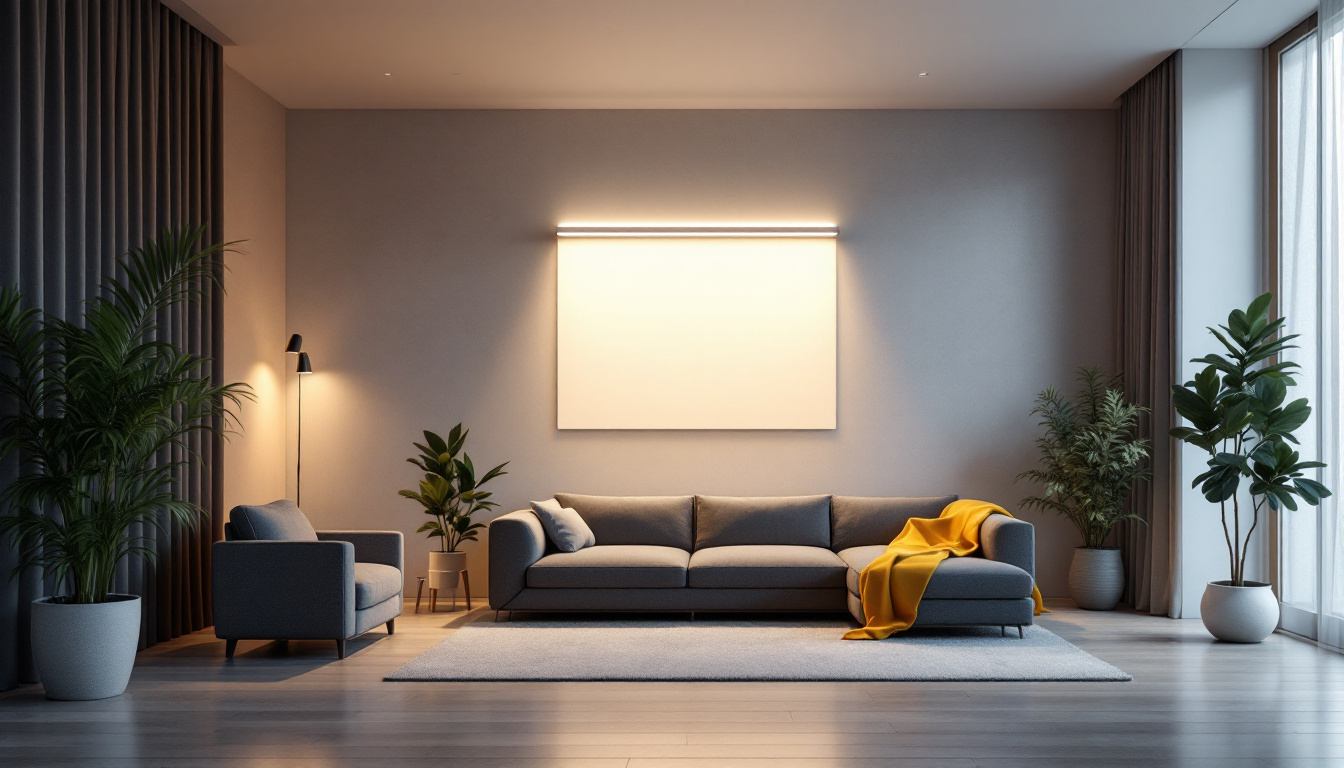
Discover the key considerations and benefits of flat light fixtures for lighting contractors.
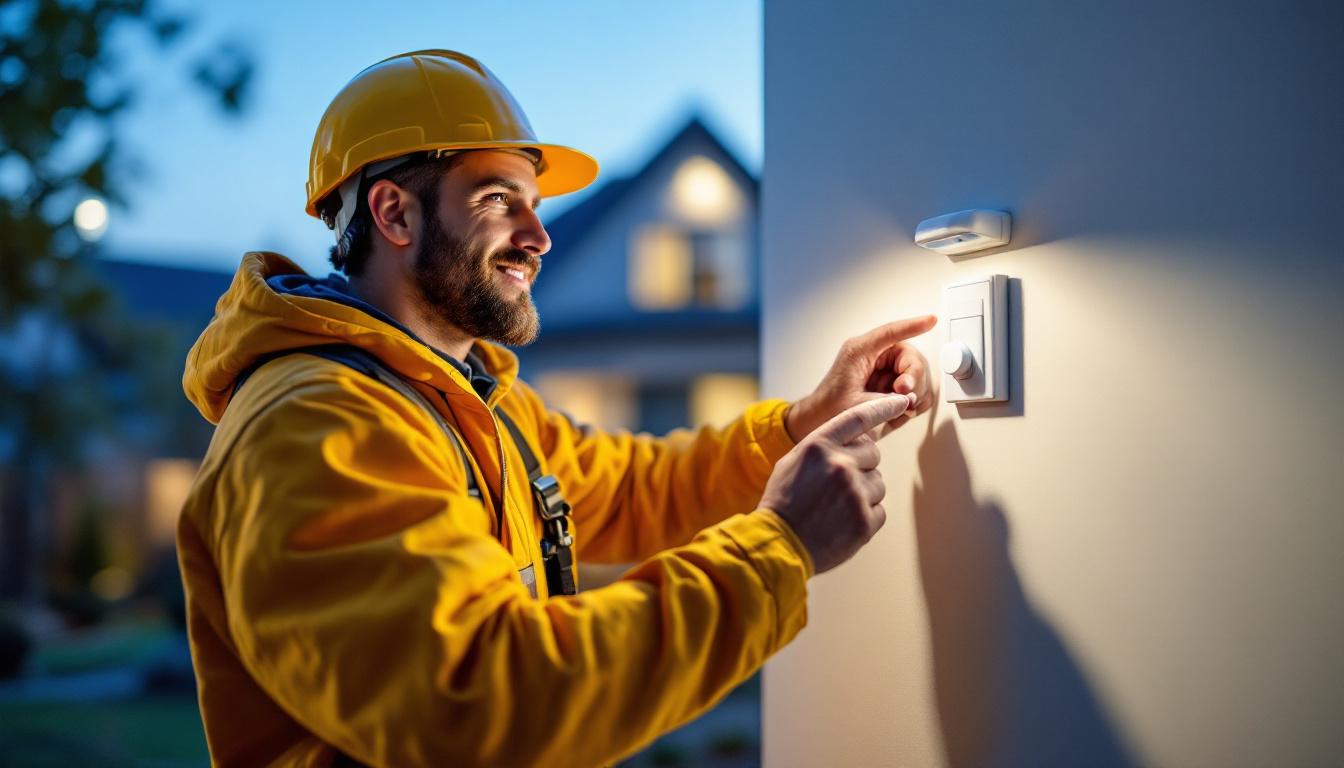
Discover the ultimate guide for lighting contractors on motion detector switches with timers.
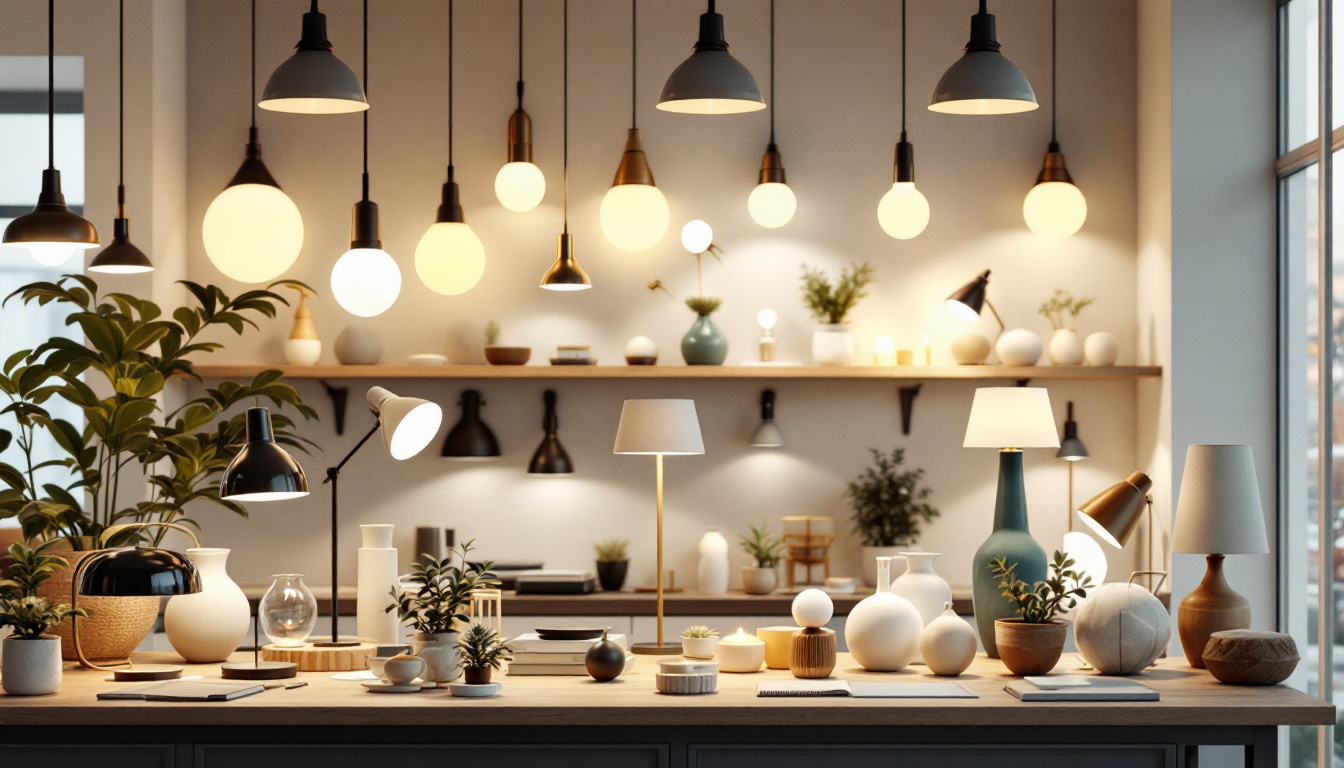
Discover the ultimate guide for lighting professionals with our essential checklist for discount lamps.
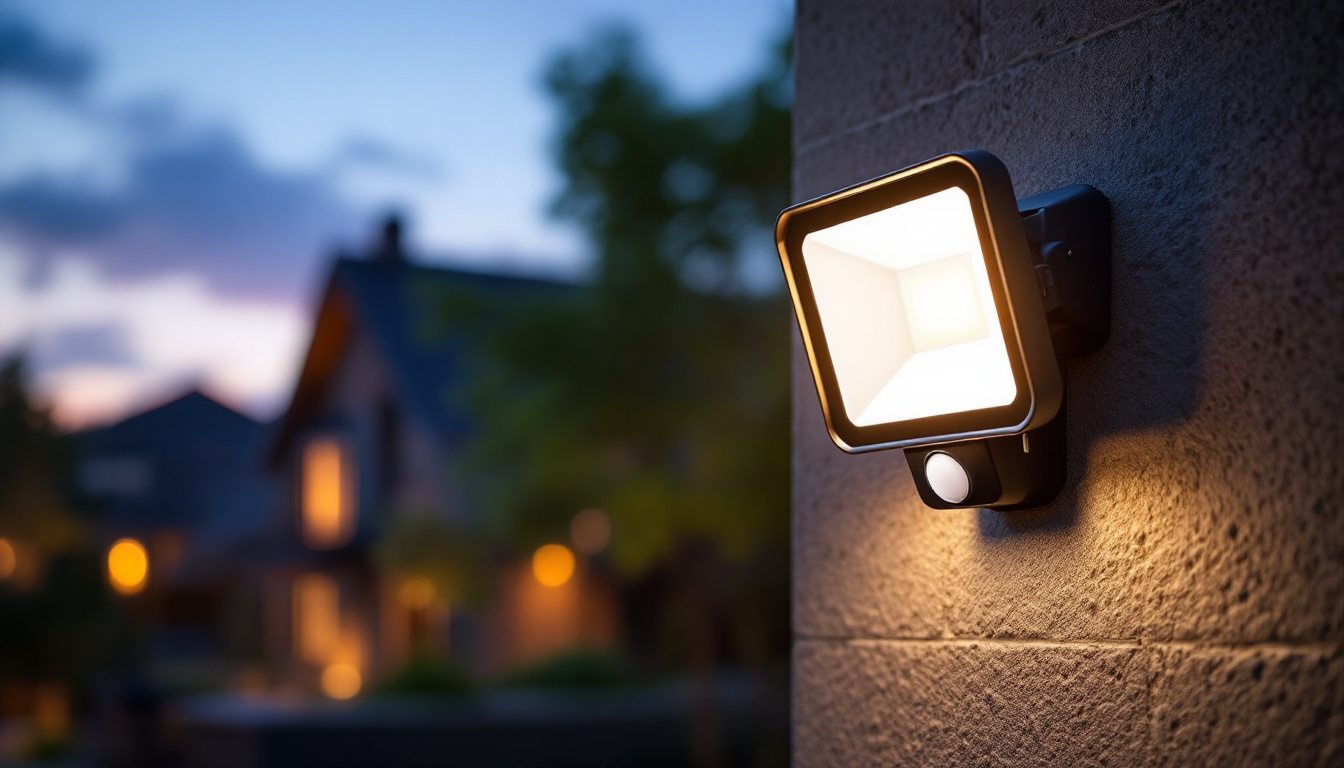
Discover how solar motion detector flood lights are revolutionizing the work of lighting contractors by offering energy-efficient, easy-to-install solutions.